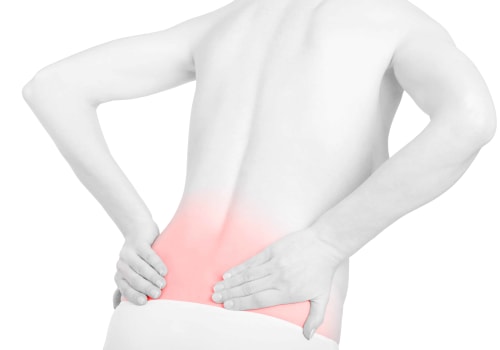In addition to the usual “wear and tear arthritis” in older people (osteoarthritis), osteopaths can help with the treatment of all types of arthritis, such as rheumatoid arthritis, ankylosing spondylitis, psoriatic arthritis and other autoimmune or inflammatory arthritis to relieve pain and joint mobility. Research shows that manual therapy, such as osteopathy, can relieve pain, increase flexibility, and improve quality of life for people with osteoarthritis. This is reflected in NHS guidelines that recommend manual therapy (stretching and manipulation), along with exercise, weight loss and pain relievers to control symptoms. Many people living with arthritis believe that manual therapy (such as one performed by an osteopath) can be very effective in treating their symptoms.
Gentle massage, stretching, and joint joints have been shown to help reduce pain and stiffness, helping you perform your daily activities more easily. Your osteopath can also give you exercises for you to perform at home, as well as self-management advice regarding nutrition, weight management, posture, balance, and lifestyle changes. There are many different types of arthritis. Osteoarthritis is also known as degenerative joint disease or degenerative arthritis.
It is a chronic condition characterized by a rupture of cartilage within the joint. Cartilage is a rubbery substance that covers the end of bones, which is responsible for cushioning joints, acting as a shock absorber and providing a smooth surface so that bones can slide in a smooth movement. When cartilage breaks, a rough surface is created and therefore movement within the joint becomes less smooth. Cartilage thins, swelling occurs in and around the joint, and sometimes bone spurs or osteophytes can grow at the ends of the bones.
Your osteopathic doctor can also work on your circulation, improve blood flow and promote tissue healing, as well as lymphatic drainage to help with any inflammation that may have occurred. Because of the increased pain response that may be associated with your arthritis, an osteopathic practitioner can work on your nervous system to allow effective circulation of cerebrospinal fluid and allow your nervous system to calm down and heal. Your osteopathic doctor will perform a whole-body evaluation to assess the mobility of your joints, any muscle tension or weakness, your circulation and your nervous system. Each treatment is tailored to the person, gently moving and stretching an arthritic joint and massaging the surrounding muscles and tissues to help relieve some of the discomfort.
An osteopathic professional will draw up a detailed medical history to understand how arthritis is affecting you and what your goals are for the future. Due to the stiffness and lack of flexibility in your joints, the Osteopath will work with you to help mobilize your joints and reduce stiffness, through a smooth joint and the mobilization of your joints, soft tissues and indirect techniques. Arthritis is a chronic condition that has no cure; however, lifestyle changes and treatment to maintain joint mobility and reduce pain can have tremendous effects on a person's ability to treat symptoms and, in turn, on their quality of life. The holistic nature of osteopathy makes it the ideal treatment for reducing pain, stiffness, and anxiety that can be associated with all types of arthritis.
Often, people go to an osteopath with their MRI results or x-rays that show “degenerative changes” in one or more of their joints or after being told they have arthritis. .







